Predicting Tibial Subchondral Bone Stiffness in Osteoarthritis

Osteoarthritis is a progressive degenerative joint disorder seen especially among older people that mostly affects cartilage, the tissue that covers the ends of bones forming a joint. Healthy cartilage allows bones to glide over one another and absorbs energy from the shock of physical movement. In osteoarthritis, cartilage breaks and wears away, allowing the bones…
Detecting Meniscal Injury with Contrast-Enhanced Computed Tomography
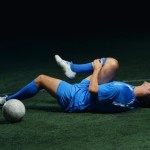
The menisci are “c” shaped fibrocartilage structures that act as cushions in the knee joint and contribute to its lubrication and nourishment. These two crescent shaped pads of tissue, which sit between the femur and the tibia, transfer the load from the upper to the lower leg, reduce friction during circular movements and absorb shocks…
Patella Adaptation to Long-Term Load Intake
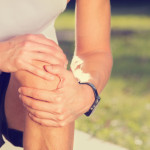
The patella, commonly referred to as the kneecap, is a small bone located where the femur and the tibia meet. This structure plays a vital role in how the knee bends and, therefore, in most motions that require moving the leg. The patellofemoral joint is required to slide up when the knee extends and down…
Detecting Bony Abnormalities of the Hip Joint
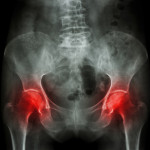
The upper end of the femur fits into the acetabulum, a cup-shaped socket of the pelvis, and articulates with it, forming the hip joint. Hip pain can be caused by many different injuries or conditions such as inflamed tendons, joint swelling and hip fracture. A diagnosis of the bony abnormalities that are responsible for joint discomfort…
Bone Healing in Physiological and Osteoporotic Bone
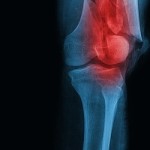
Bones are made of living and growing tissue that is constantly being broken down and replaced. Osteoporosis is a disease that occurs when bone is removed too quickly or replaced too slowly, resulting in a gradual loss of bone mass, and a subsequent increased fragility that predisposes patients to elevated risk of fracture. Fracture healing…
Effects of Local Anesthetic Agents on Intervertebral Disc Degeneration
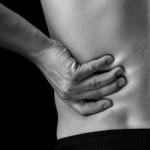
The intervertebral disc is an important structure that is found between each vertebra in the spinal column. These discs are designed to absorb pressure and keep the spine flexible during movements. Without the cushion effect given by the discs, the vertebrae in the spine would not be able to provide the movement needed to bend…
Micro-CT Monitoring of Orthopedic Implant Infections
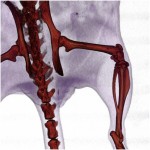
Orthopedic implant infections represent a severe complication following surgical procedures. This type of infection occurs by bacterial contamination either during surgery or immediately thereafter and leads to persistent inflammation, osteomyelitis (infection of the bone) and eventual osteolysis of the bone (autoimmune reaction which causes resorption of bone tissue). Very often these responses ultimately result in implant…
 AnalyzeDirect
AnalyzeDirect